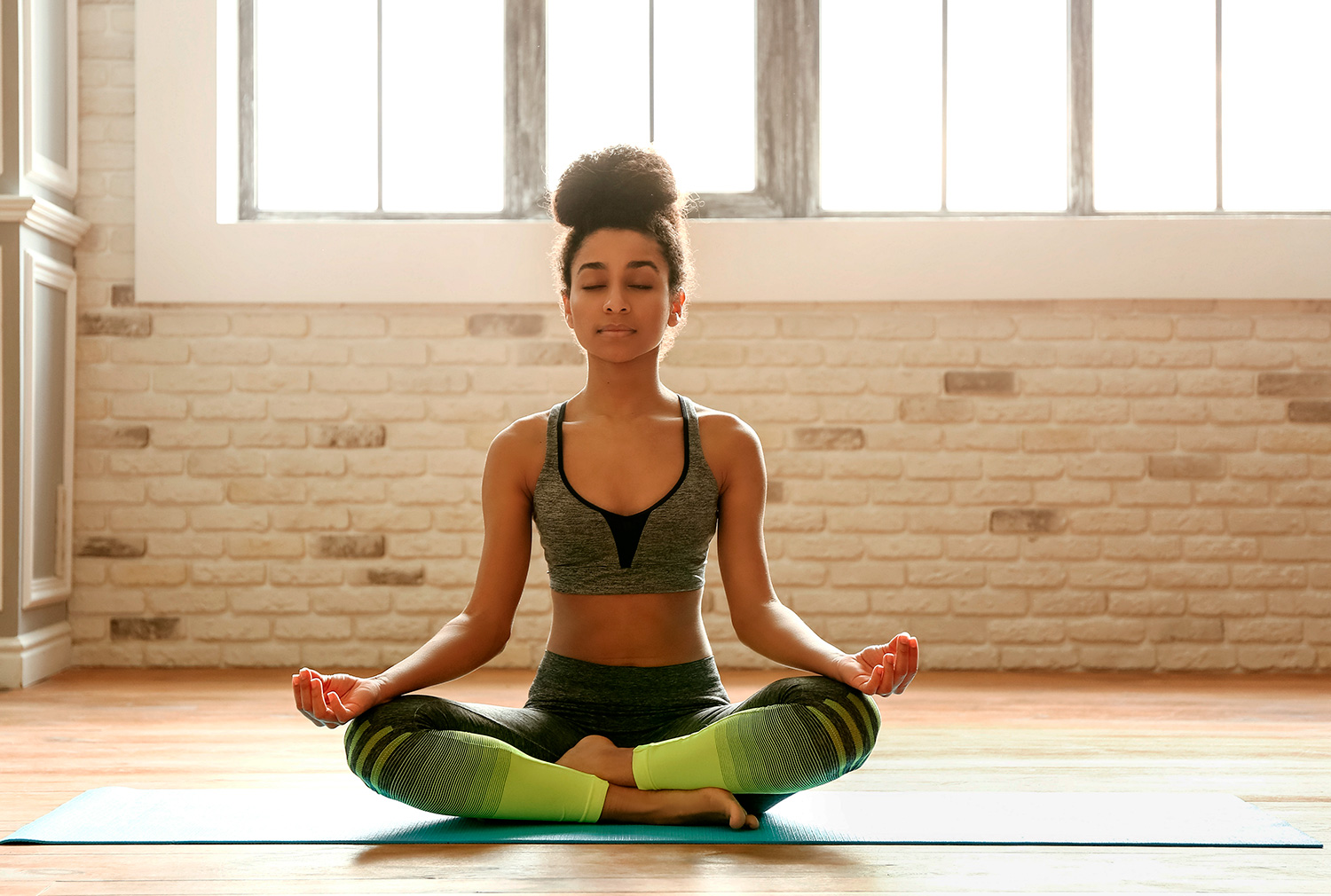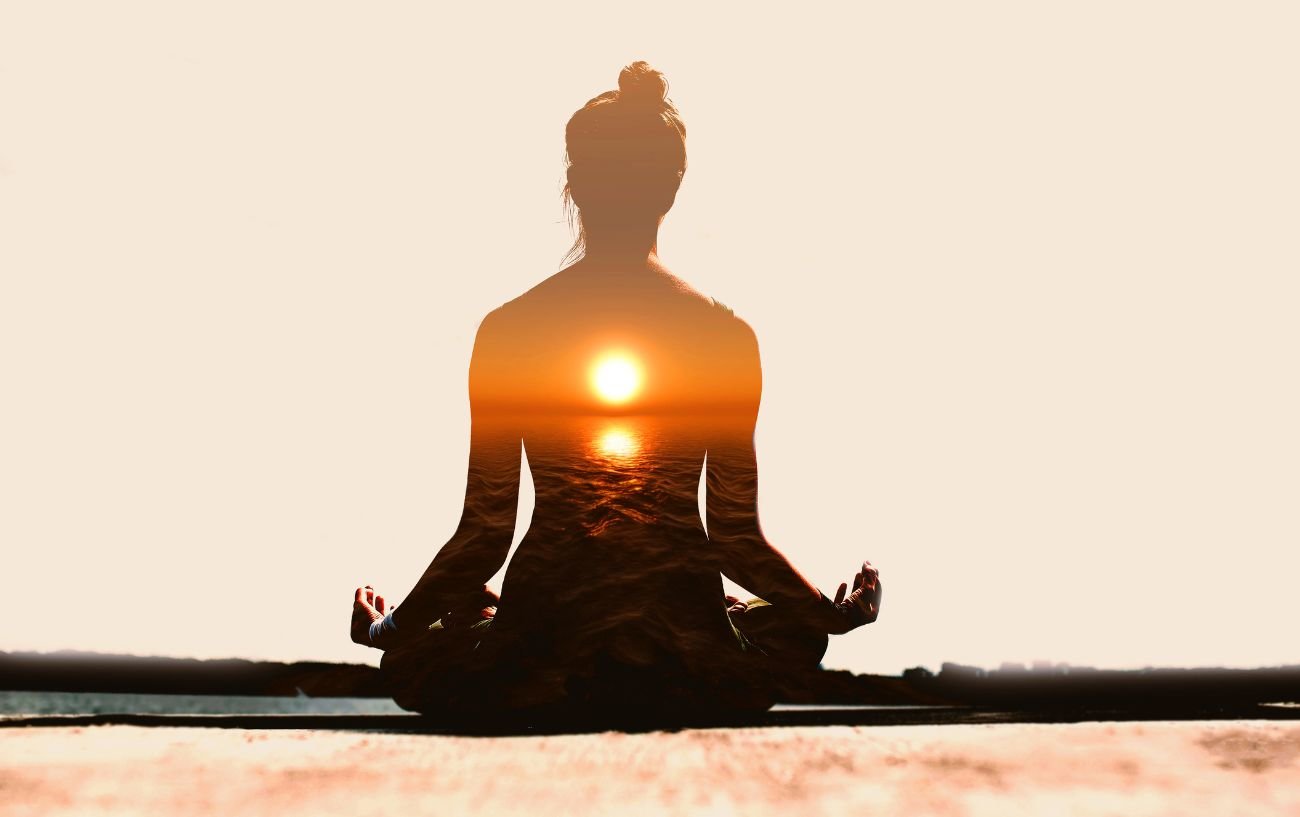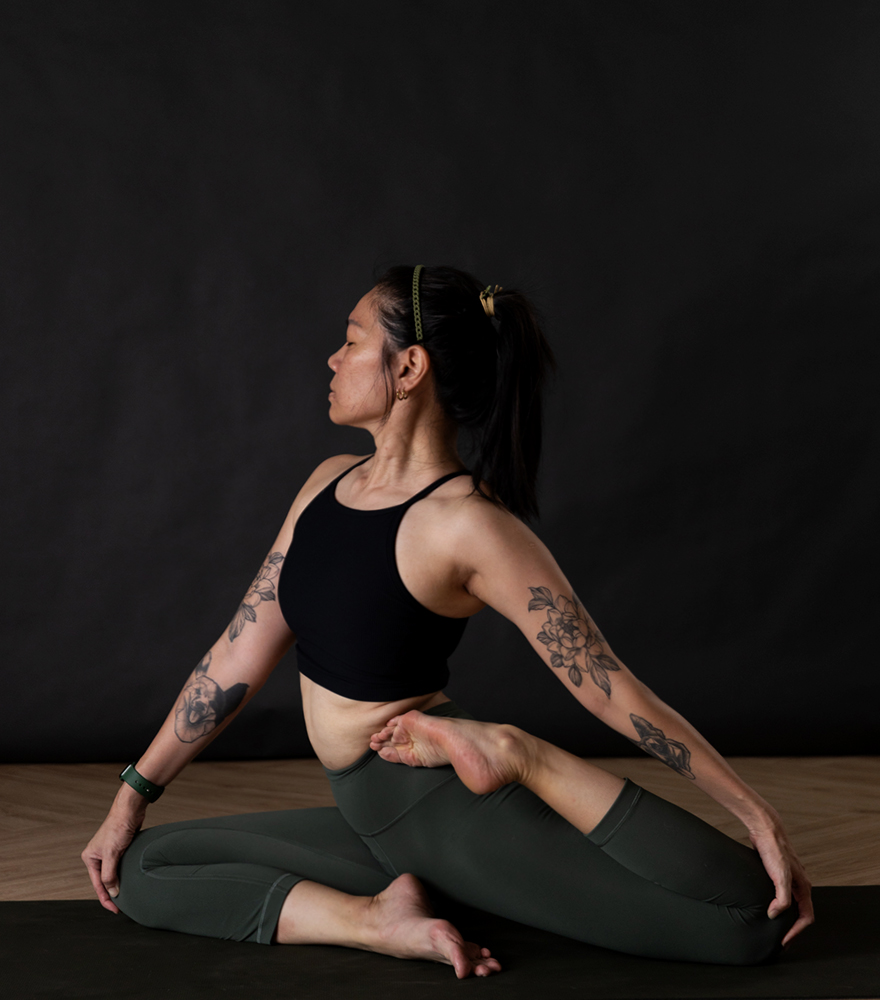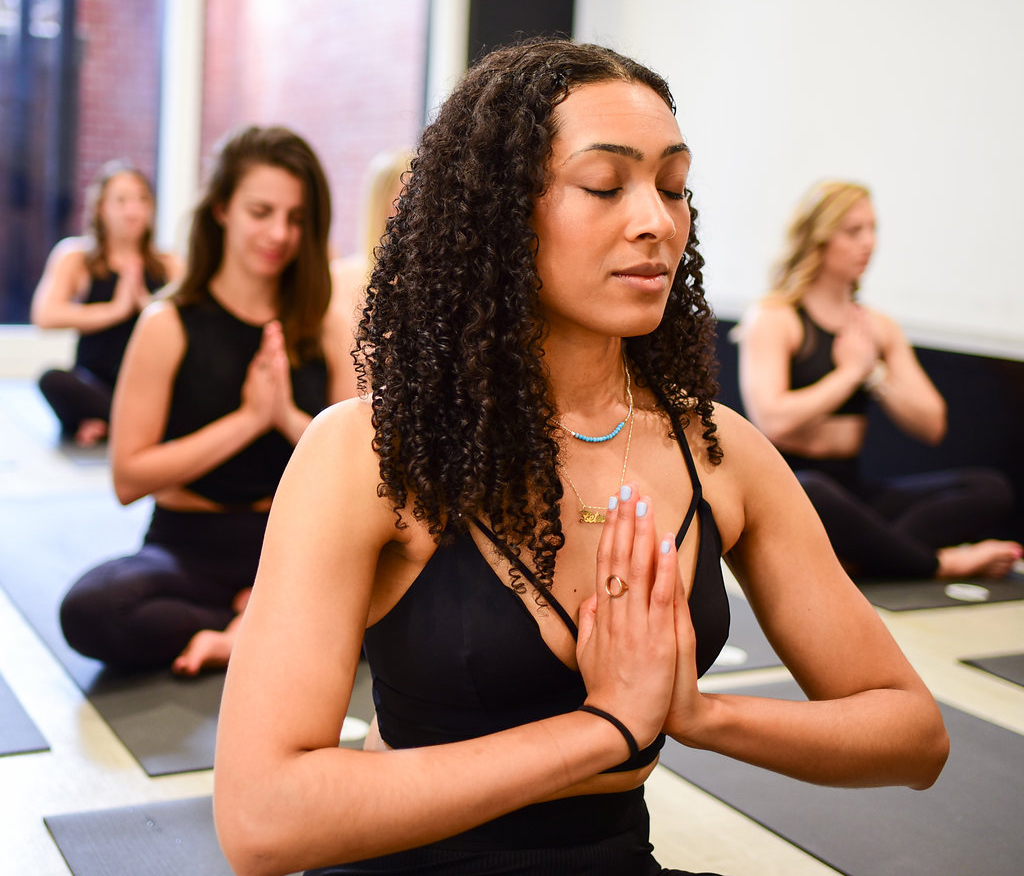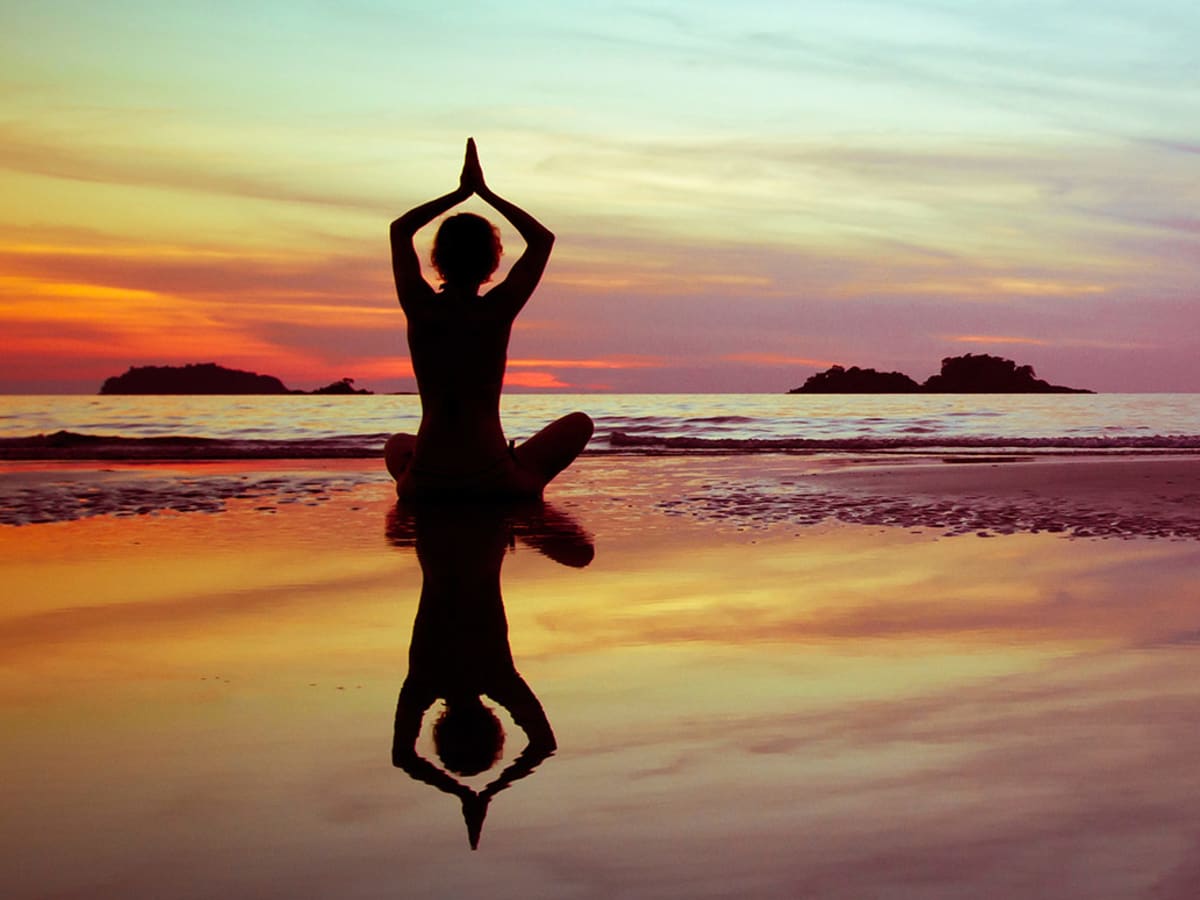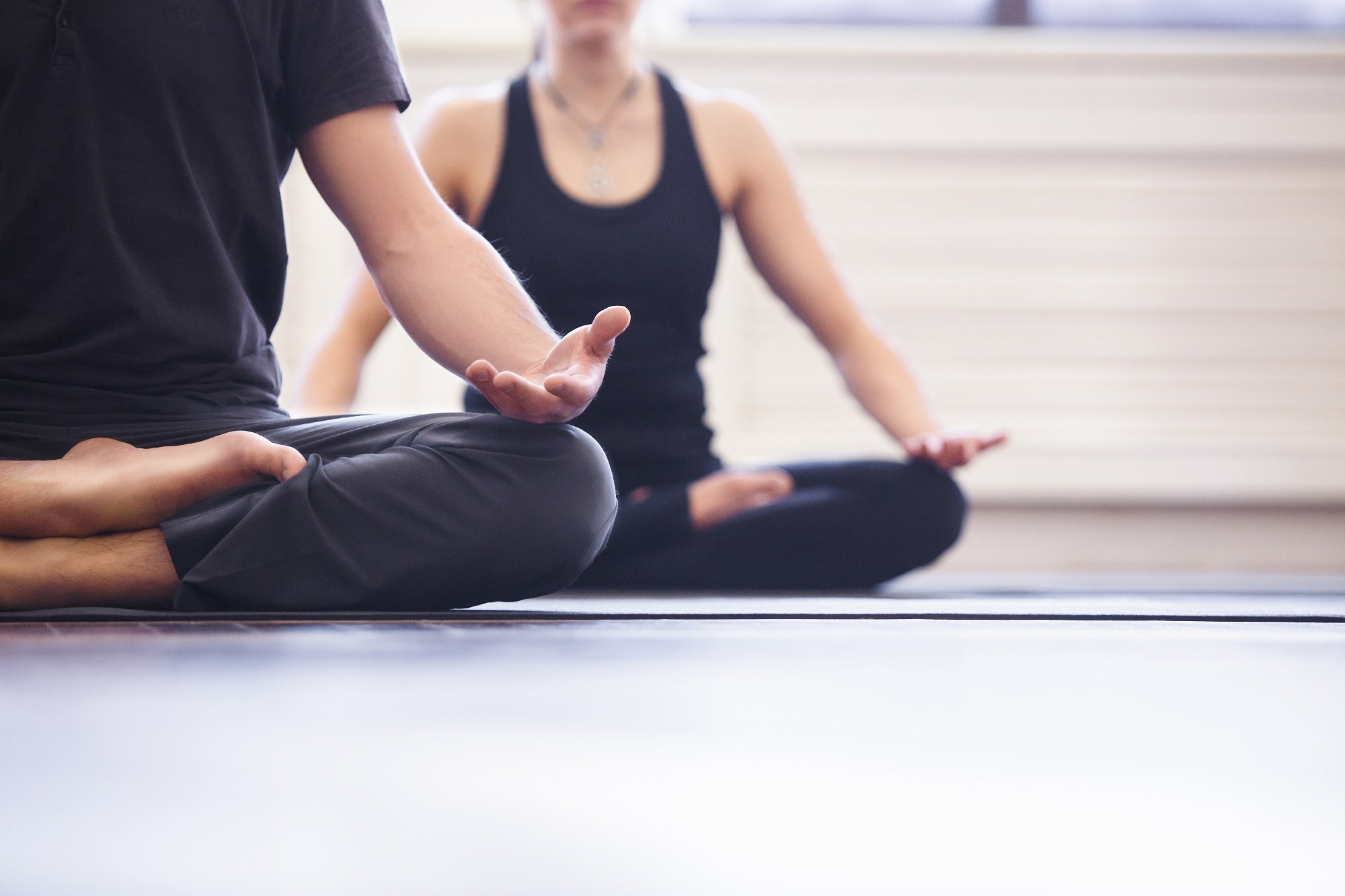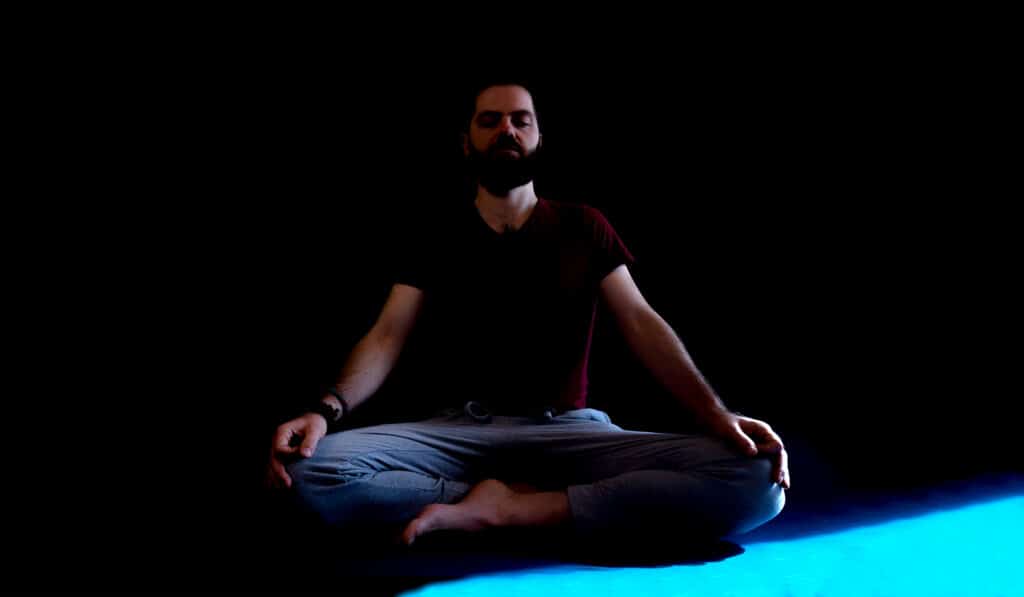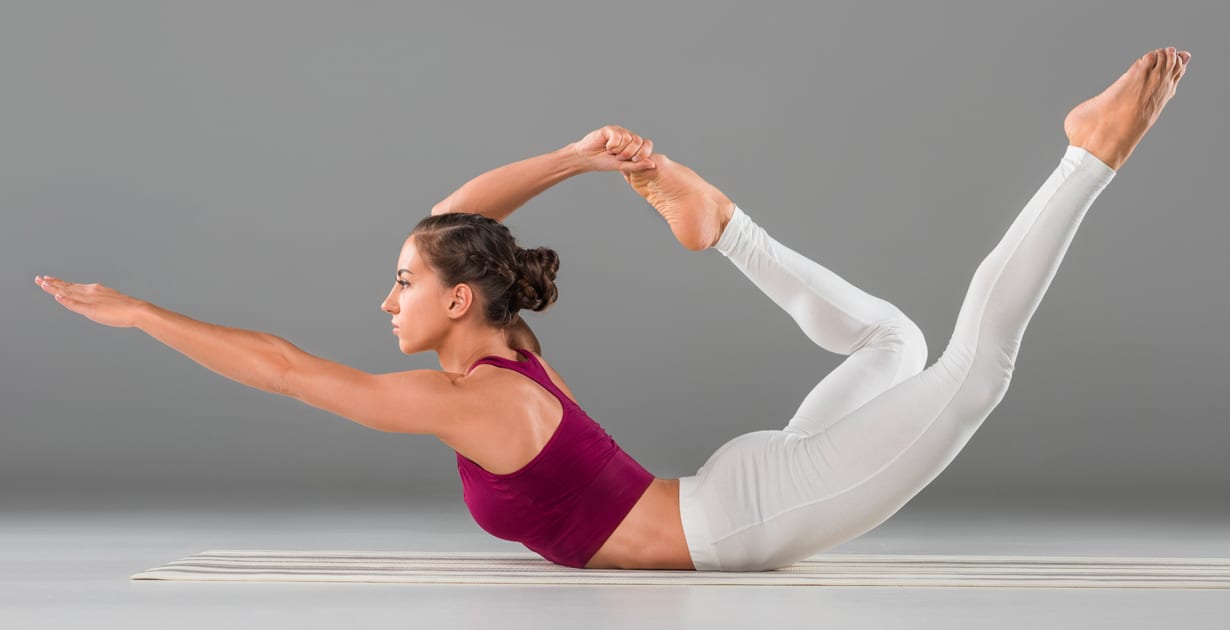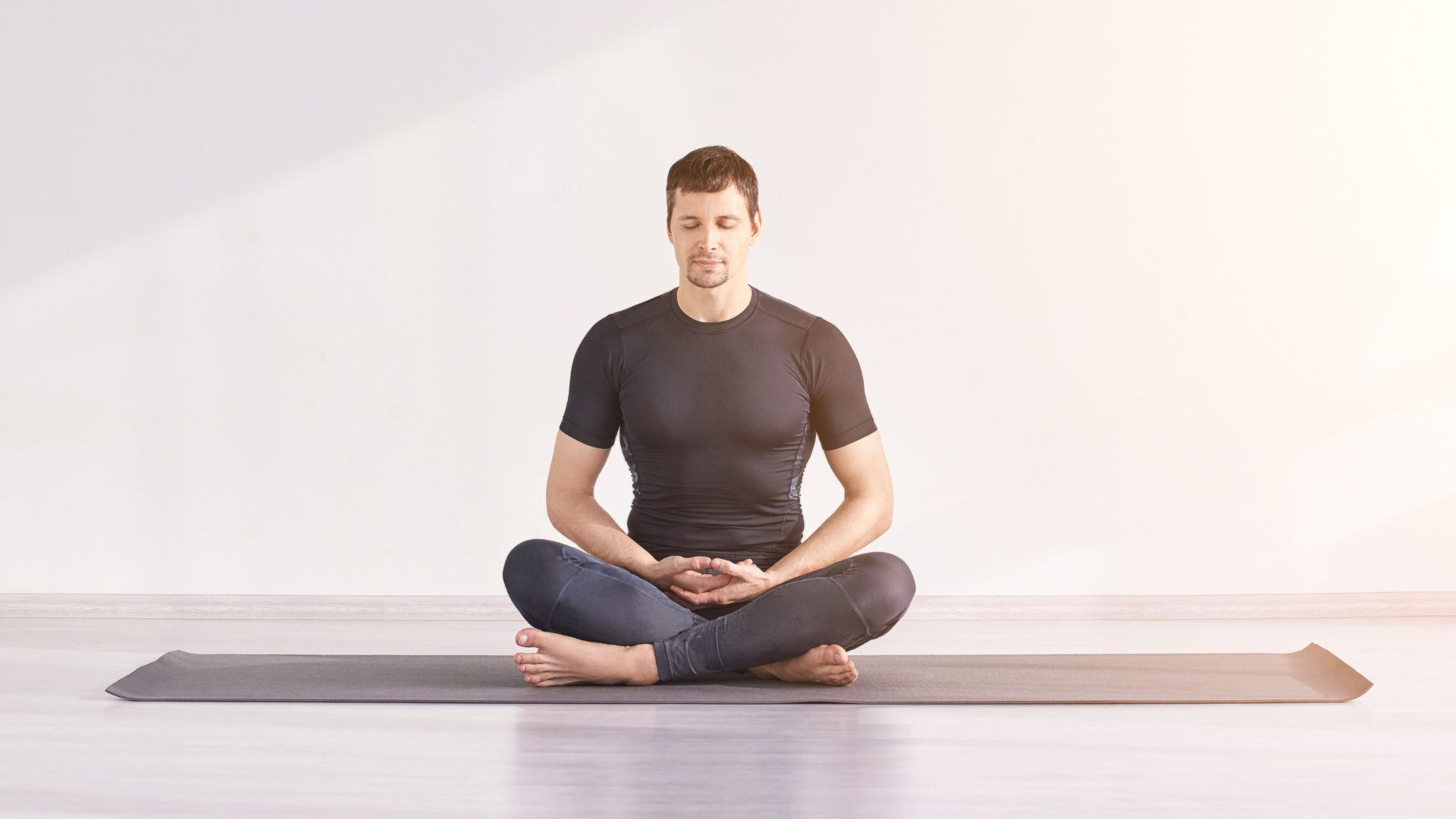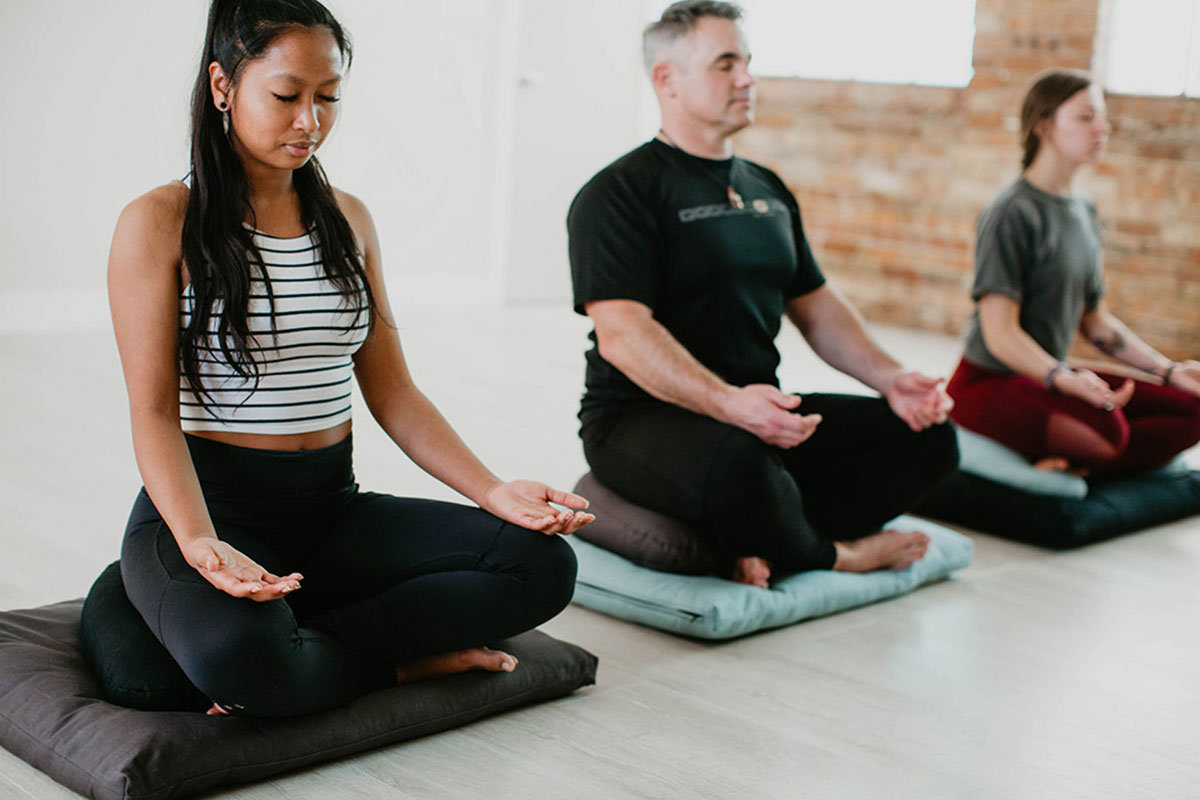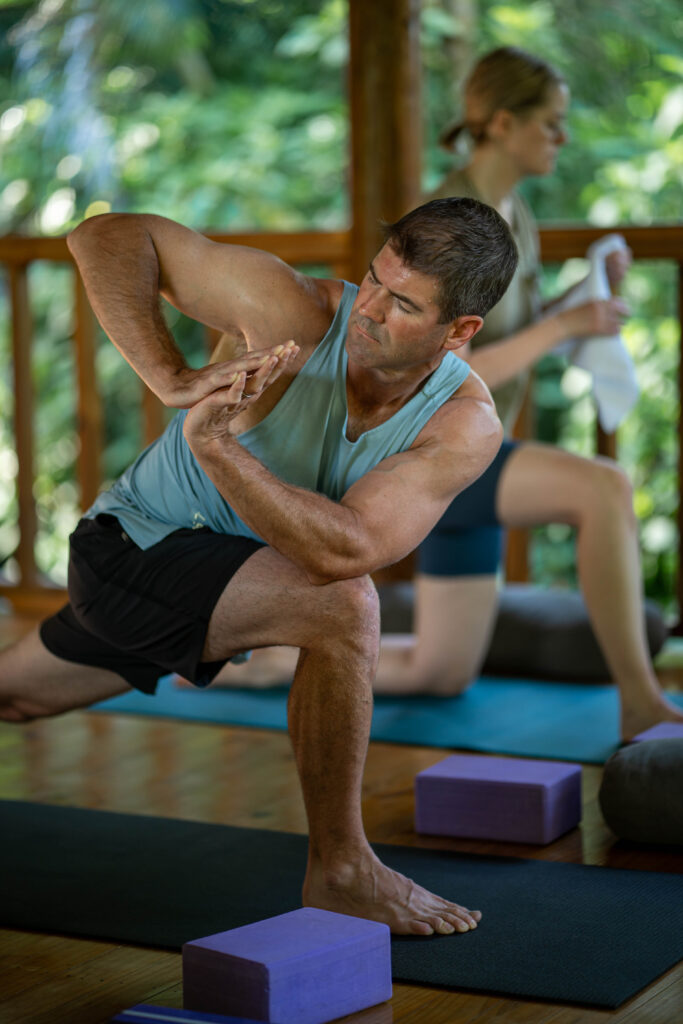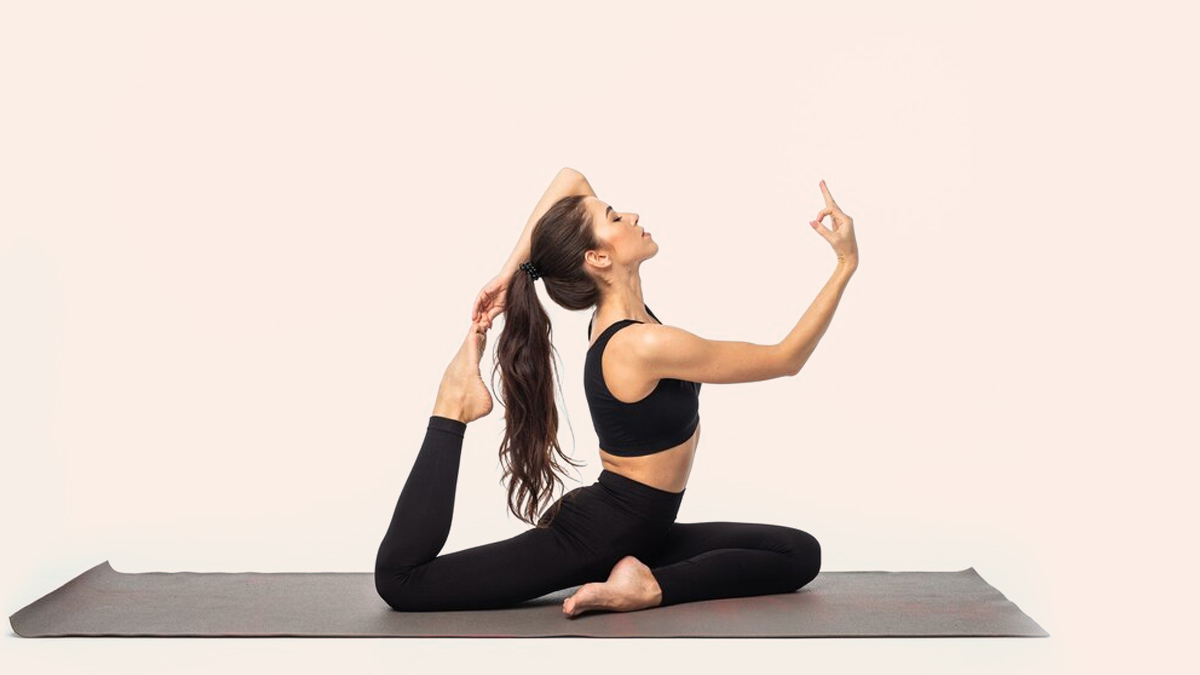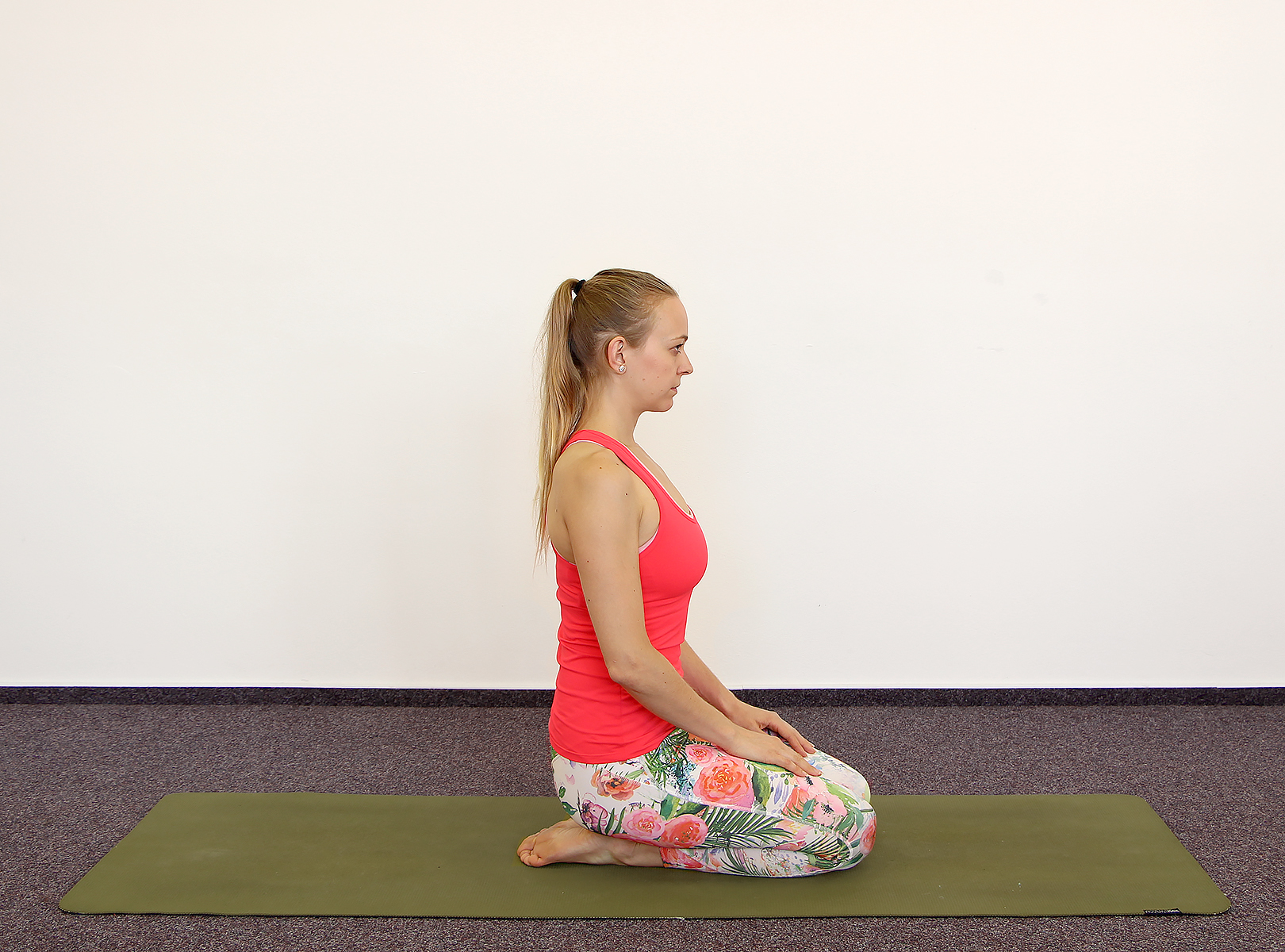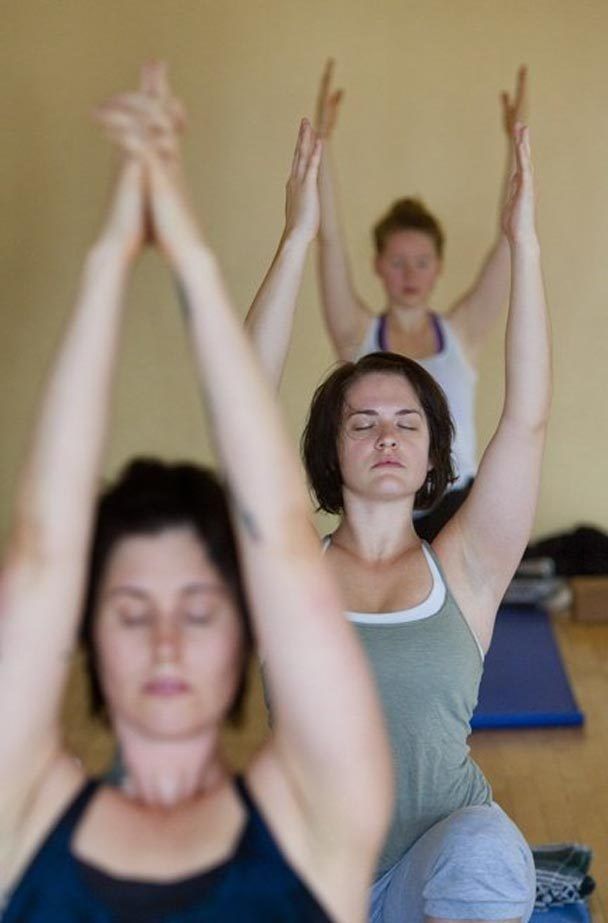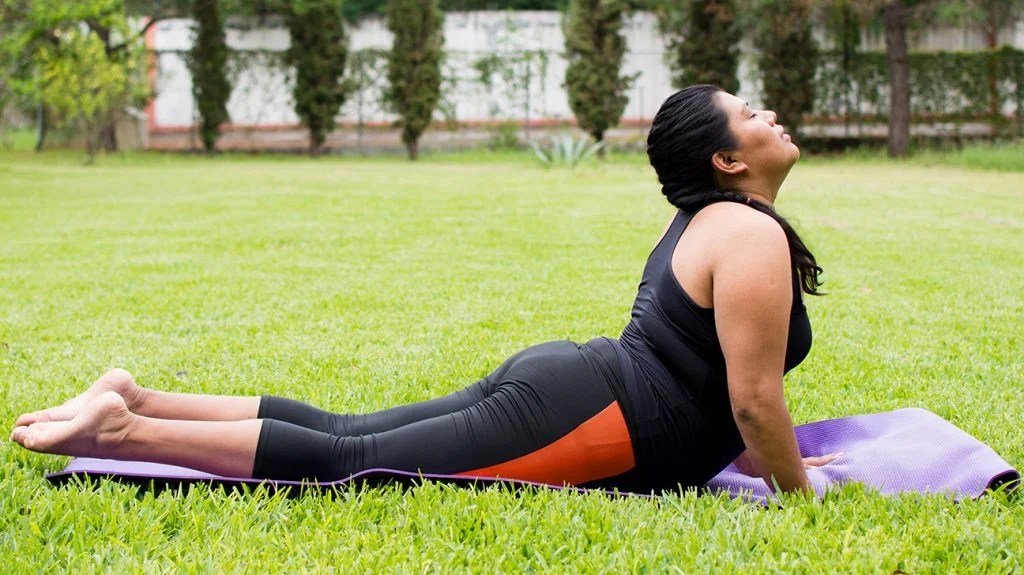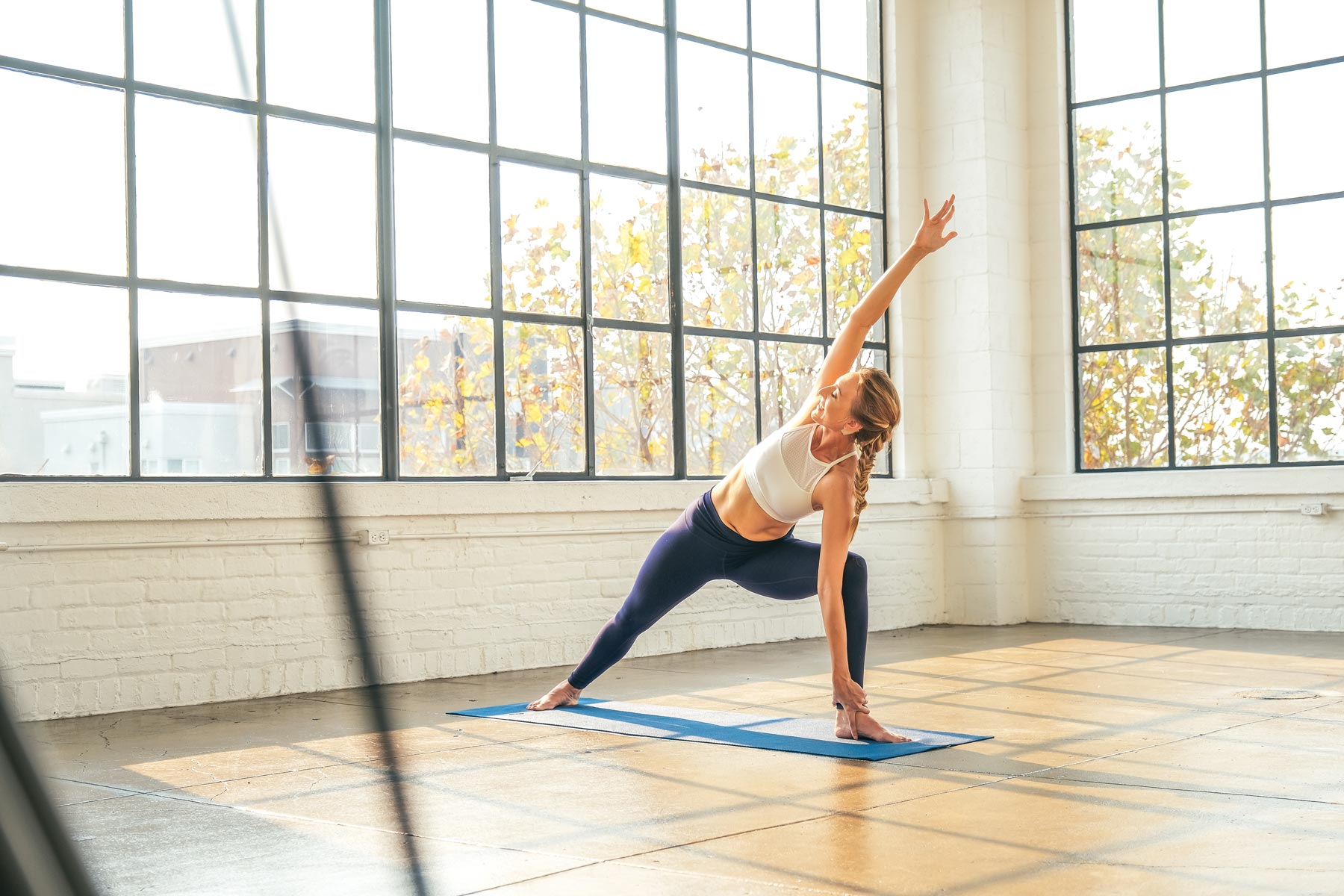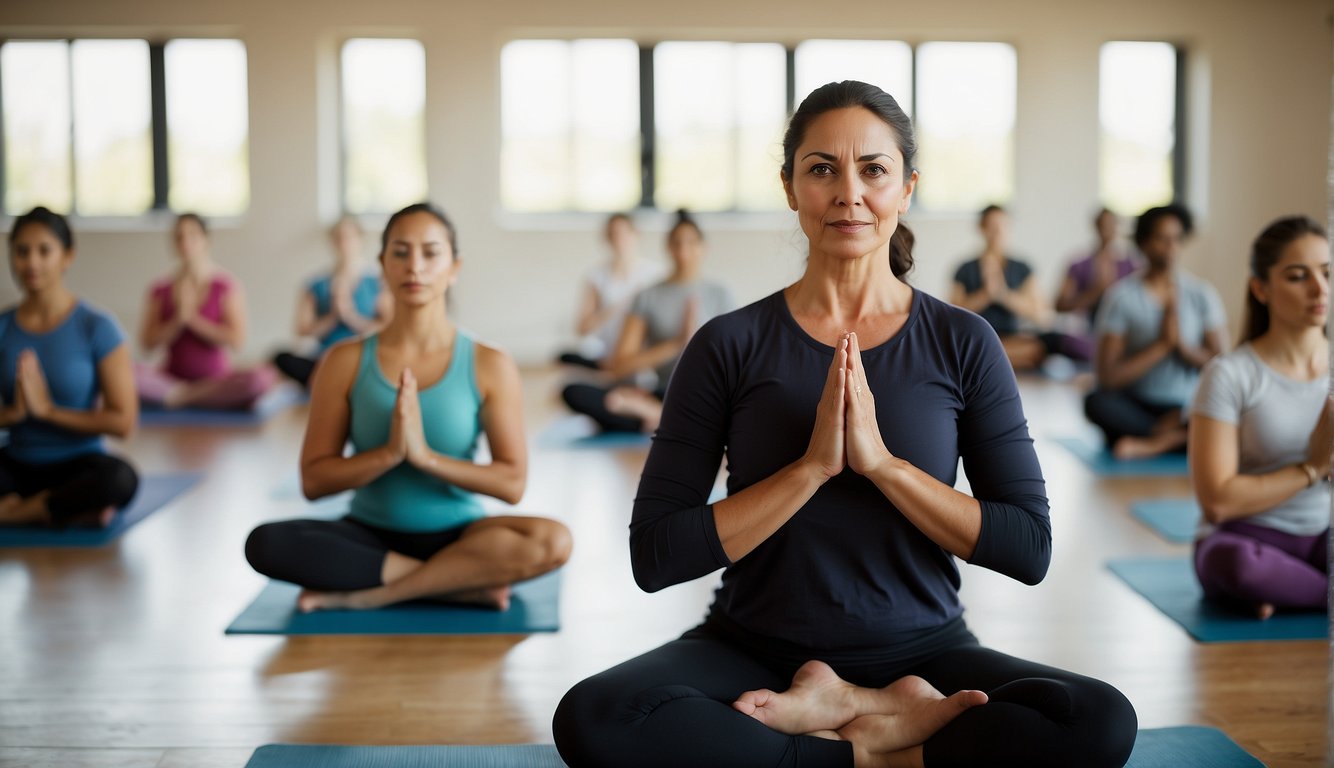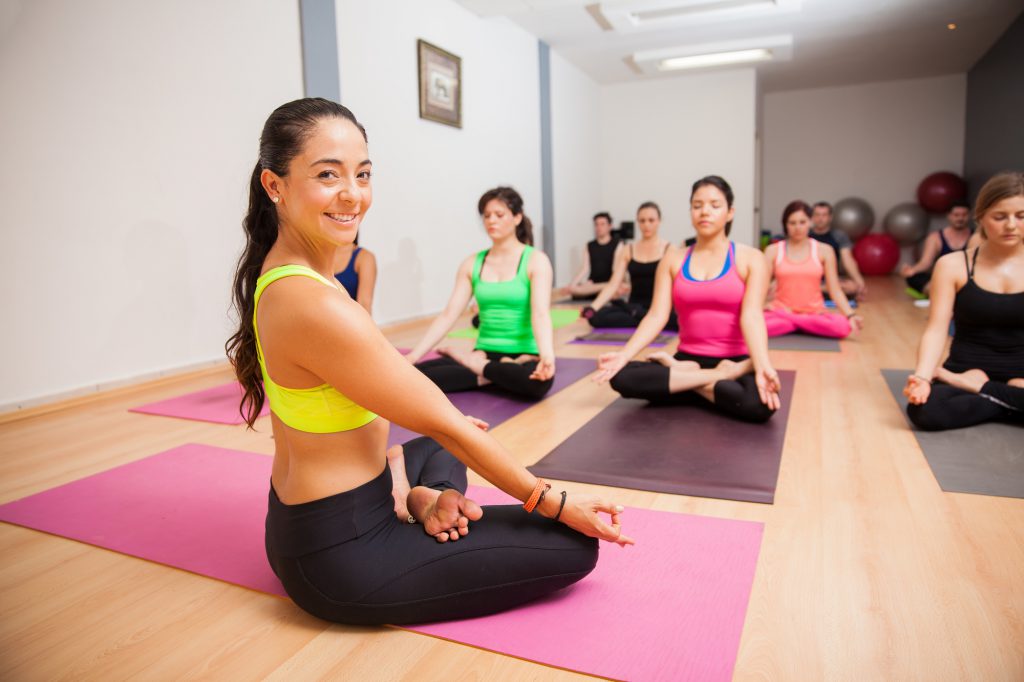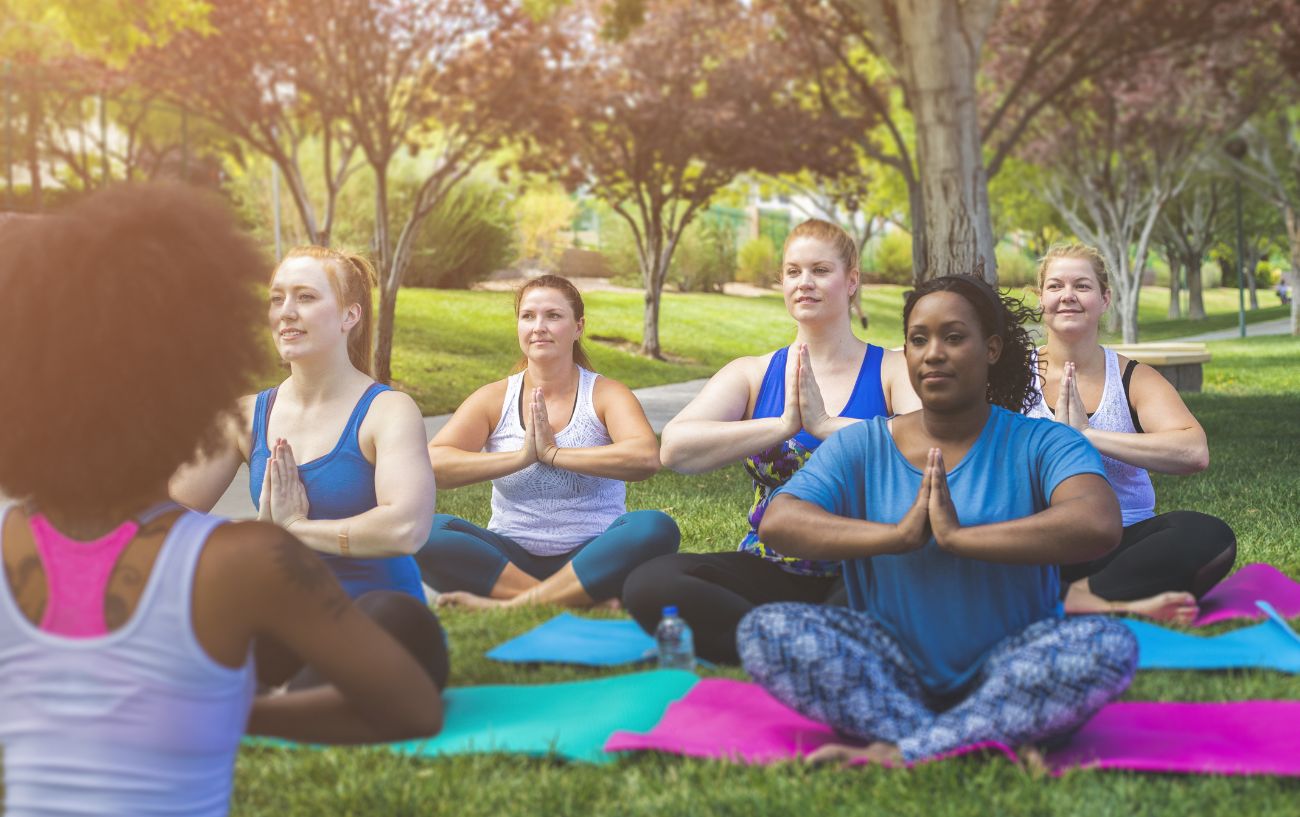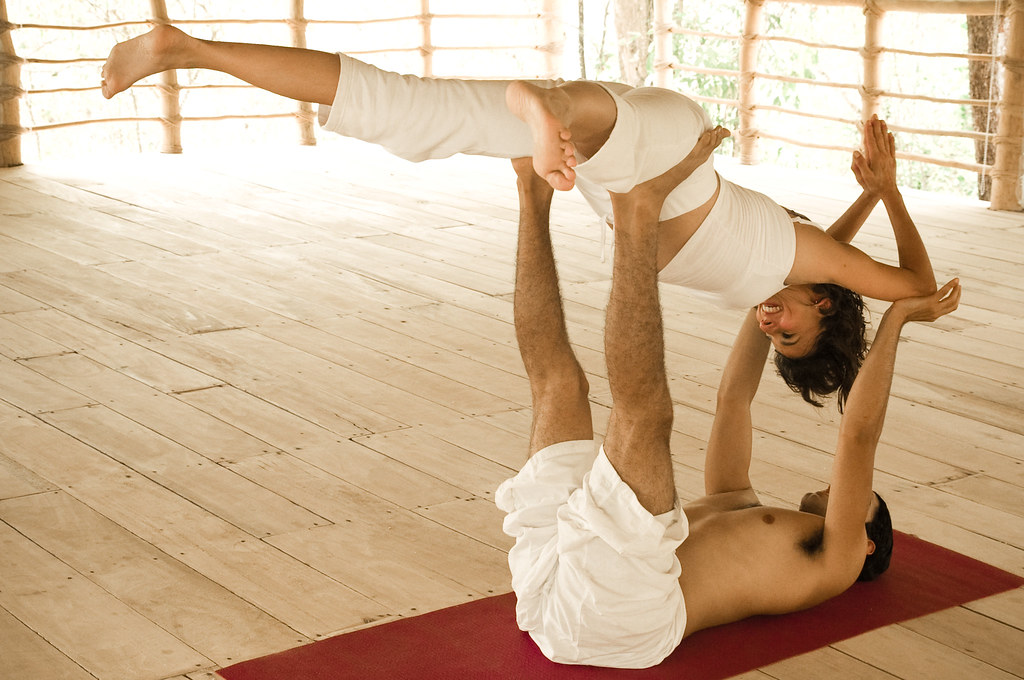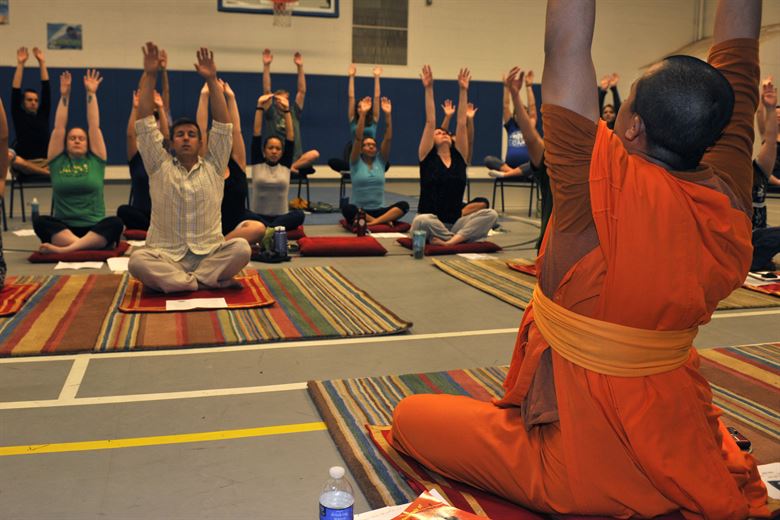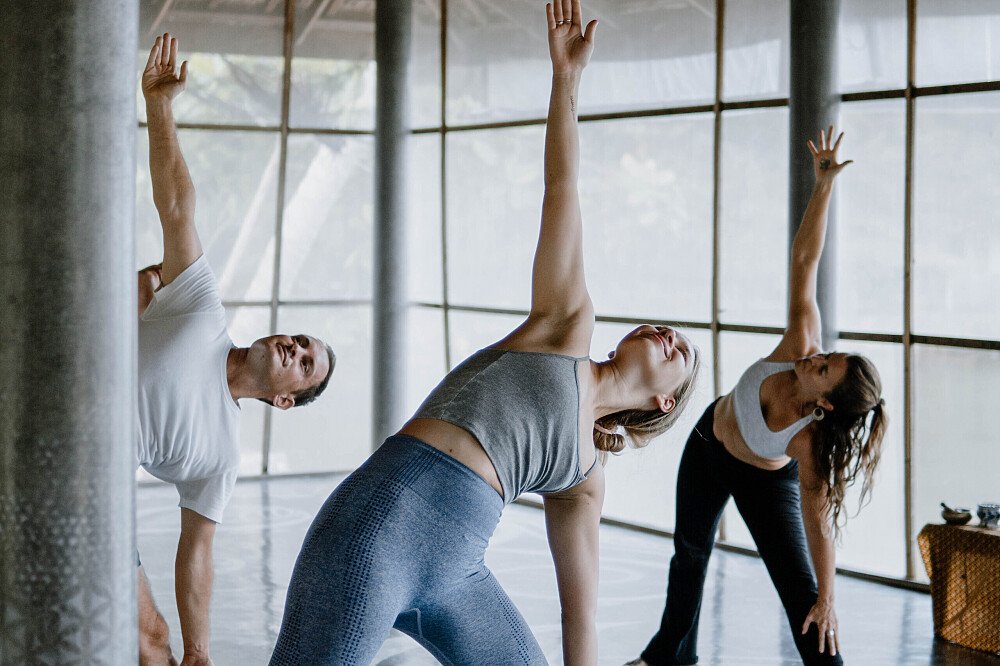Introduction to Karma Yoga
The Essence of Karma Yoga
Karma Yoga, often referred to as the “Yoga of Action,” is a discipline focused on selfless service and performing one’s duty without attachment to the results. Understanding the essence of Karma Yoga helps us appreciate its profound spiritual and practical significance. Derived from the Sanskrit word “Karma,” meaning action or deed, Karma Yoga teaches the importance of performing actions with pure intentions and an attitude of detachment.
Karma Yoga finds its roots in ancient Indian scriptures, such as the Bhagavad Gita, where it is presented as a vital path to spiritual growth. Lord Krishna advises Arjuna to engage in action with an attitude of selflessness and dedication to a higher purpose. This teaching emphasizes that the path to spiritual enlightenment requires engagement in the world, rather than withdrawal from it.
In Karma Yoga, the focus is on the intention behind the action rather than the outcome. Practitioners are encouraged to perform their duties sincerely and wholeheartedly, while relinquishing any desire for personal gain or recognition. This detachment from the fruits of actions helps cultivate inner peace and reduces the ego’s influence.
Understanding the essence of Karma Yoga underscores its relevance in both spiritual and everyday contexts. By embracing selfless action and detachment, individuals can achieve greater clarity, harmony, and fulfillment in their lives. Karma Yoga offers a powerful framework for living a more purposeful and altruistic existence, benefiting both oneself and the broader community.
Historical Context and Significance
Karma Yoga has a rich historical context and significance, tracing its origins to ancient Indian philosophy and teachings. Understanding this background provides insight into its enduring relevance and application in modern life. The concept of Karma Yoga is deeply embedded in the Bhagavad Gita, one of the core texts of Hindu philosophy. In the Gita, Lord Krishna imparts the wisdom of Karma Yoga to the warrior Arjuna, advising him on fulfilling his duty with selflessness and devotion.
The teachings of Karma Yoga are also found in other ancient texts, such as the Upanishads and the Vedas. These scriptures emphasize the importance of righteous action and the role of selfless service in achieving spiritual liberation. The philosophy of Karma Yoga aligns with the principle of “Dharma,” or one’s duty, which is central to Hindu ethics and spirituality.
Swami Vivekananda, a prominent spiritual leader, and philosopher, further popularized Karma Yoga in the modern era. In his writings and lectures, Vivekananda highlighted the practical application of Karma Yoga in everyday life, emphasizing the importance of selfless service and altruism. His teachings inspired many to adopt Karma Yoga as a path to personal and spiritual growth.
Understanding the historical context and significance of Karma Yoga reveals its timeless wisdom and applicability. Rooted in ancient philosophy, Karma Yoga continues to offer valuable insights and guidance for leading a purposeful and selfless life. Its principles transcend religious boundaries, making it a universal path to inner peace and spiritual fulfillment.
Core Principles of Karma Yoga
Selfless Service and Detachment
Selfless service and detachment are core principles of Karma Yoga, providing the foundation for spiritual growth and inner peace. Understanding these principles helps illuminate the transformative power of this path. The concept of selfless service, or “Seva,” involves performing actions with the intention of benefiting others without expecting any personal gain or reward. This practice fosters a sense of humility, compassion, and interconnectedness.
In Karma Yoga, service is seen as an expression of divine love and devotion. By serving others selflessly, practitioners cultivate a deeper connection with their true nature and the divine. This approach helps dissolve the ego and reduces the sense of individuality, promoting a more expansive and inclusive perspective. Acts of selfless service can take many forms, from everyday kindnesses to organized volunteer work and community service.
Detachment, or “Vairagya,” is another essential principle in Karma Yoga. It involves relinquishing attachment to the outcomes of actions and embracing a sense of equanimity. Practitioners are encouraged to perform their duties diligently while remaining indifferent to success or failure. This detachment helps cultivate inner peace and reduces the emotional turbulence caused by desire and expectation.
Understanding selfless service and detachment as core principles of Karma Yoga reveals their profound impact on personal and spiritual development. By embracing these principles, individuals can achieve greater harmony, resilience, and fulfillment in their lives. Karma Yoga offers a powerful path to living a more purposeful and altruistic existence, fostering both individual growth and collective well-being.
The Role of Intention
Intention plays a crucial role in the practice of Karma Yoga, shaping the quality and impact of one’s actions. Understanding the significance of intention helps illuminate the deeper aspects of this path. In Karma Yoga, the focus is on performing actions with pure and altruistic intentions, free from selfish motives or desire for personal gain. This emphasis on intention distinguishes Karma Yoga from mere activity, elevating it to a spiritual practice.
The Bhagavad Gita emphasizes the importance of intention, advising practitioners to perform their duties with dedication and devotion while remaining unattached to the results. This teaching highlights that it is not the action itself, but the intention behind it that carries spiritual significance. Pure intentions align one’s actions with higher values, fostering a sense of purpose and alignment with the divine.
In practice, cultivating pure intentions involves self-awareness and mindfulness. Practitioners are encouraged to reflect on their motives and ensure that their actions are guided by compassion, integrity, and a desire to serve others. This conscious approach to action helps dissolve the ego’s influence and promotes a sense of harmony and interconnectedness.
Understanding the role of intention in Karma Yoga underscores its transformative power. By focusing on pure and selfless intentions, individuals can elevate their actions to a spiritual practice, fostering greater clarity, purpose, and fulfillment in their lives. Karma Yoga offers a profound framework for aligning one’s actions with higher values, promoting both personal and collective well-being.
The Benefits of Practicing Karma Yoga
Personal Growth and Development
Practicing Karma Yoga offers numerous benefits for personal growth and development, enhancing both inner and outer well-being. Understanding these benefits helps illuminate the transformative potential of this path. One of the primary benefits is the cultivation of humility and compassion. By engaging in selfless service, individuals develop a deeper sense of empathy and connection with others, fostering a more inclusive and compassionate worldview.
Karma Yoga also promotes emotional resilience and mental clarity. The practice of detachment helps individuals navigate life’s challenges with greater equanimity and composure. By relinquishing attachment to outcomes, practitioners reduce stress, anxiety, and emotional turbulence, leading to a more balanced and peaceful state of mind.
Additionally, Karma Yoga fosters a sense of purpose and fulfillment. Engaging in actions that benefit others and contribute to the greater good provides a sense of meaning and satisfaction. This sense of purpose enhances overall well-being and promotes a positive outlook on life. By aligning one’s actions with higher values, individuals experience a greater sense of alignment and harmony.
Understanding the benefits of practicing Karma Yoga reveals its potential to enhance personal growth and development. By cultivating humility, compassion, emotional resilience, and a sense of purpose, Karma Yoga fosters a more balanced, harmonious, and fulfilling life. This path offers valuable tools and insights for navigating life’s complexities with grace and integrity.
Spiritual Enlightenment
Karma Yoga also offers profound benefits for spiritual enlightenment, guiding practitioners toward a deeper connection with their true nature and the divine. Understanding these spiritual benefits helps illuminate the higher purpose of this path. One of the primary spiritual benefits is the dissolution of the ego. By engaging in selfless service and performing actions without attachment, practitioners gradually transcend the ego’s influence and experience a sense of unity with the divine.
Karma Yoga also cultivates self-awareness and mindfulness, essential qualities for spiritual growth. The practice encourages individuals to reflect on their intentions and align their actions with higher values. This self-inquiry fosters a deeper understanding of one’s true nature and promotes spiritual awakening.
Understanding the spiritual benefits of Karma Yoga reveals its potential to guide practitioners toward enlightenment. By dissolving the ego, cultivating self-awareness, and embodying higher values, individuals can achieve greater clarity, harmony, and spiritual fulfillment. Karma Yoga offers a powerful path to transcendence, fostering a deeper connection with oneself and the divine.
Practicing Karma Yoga in Daily Life
Integrating Karma Yoga into Routine Activities
Integrating Karma Yoga into routine activities is a practical approach to embodying its principles in everyday life. Understanding how to incorporate selfless service and detachment into daily tasks helps make the practice accessible and meaningful. One way to integrate Karma Yoga is by performing everyday chores with a sense of devotion and dedication. Whether it’s cooking, cleaning, or working, approaching these tasks with mindfulness and pure intentions transforms them into acts of service.
Another practical approach is to engage in acts of kindness and compassion. Simple gestures, such as helping a neighbor, volunteering, or offering support to a colleague, embody the principles of selfless service. By consciously seeking opportunities to serve others, individuals infuse their daily lives with the spirit of Karma Yoga.
Understanding how to integrate Karma Yoga into routine activities reveals its practical and transformative potential. By approaching everyday tasks with a sense of devotion and compassion, individuals can embody the principles of selfless service and detachment. Karma Yoga becomes a way of life, fostering greater harmony, fulfillment, and connection.
Community Involvement
Community involvement is another powerful way to practice Karma Yoga and embody its principles. Understanding the impact of community service and engagement helps illuminate the broader significance of this path. Participating in community service projects, volunteering for local organizations, or supporting social causes are practical ways to practice selfless service. These actions not only benefit the community but also foster a sense of interconnectedness and collective well-being.
Additionally, community involvement provides opportunities for personal growth and development. Engaging with diverse groups and addressing various needs broadens one’s perspective and cultivates empathy and compassion. This inclusive approach enhances overall well-being and promotes a more harmonious and unified society.
Understanding the importance of community involvement reveals its potential to embody the principles of Karma Yoga on a broader scale. By actively participating in community service and engagement, individuals can contribute to the greater good and foster collective well-being. Karma Yoga becomes a catalyst for positive change, promoting both personal and societal growth.
Conclusion: Embracing the Path of Karma Yoga
Karma Yoga, the path of selfless action, offers a profound framework for spiritual growth and personal development. Understanding its essence, core principles, and practical application reveals its timeless wisdom and transformative potential. By embracing selfless service, detachment, and pure intentions, individuals can achieve greater clarity, harmony, and fulfillment in their lives.
The historical context and significance of Karma Yoga underscore its enduring relevance and applicability. Rooted in ancient philosophy, Karma Yoga continues to offer valuable insights and guidance for living a purposeful and altruistic life. Its principles transcend religious boundaries, making it a universal path to inner peace and spiritual enlightenment.
Practicing Karma Yoga offers numerous benefits for personal growth, emotional resilience, and spiritual enlightenment. By integrating its principles into daily activities and actively engaging in community service, individuals can embody the spirit of Karma Yoga and contribute to collective well-being.
In conclusion, Karma Yoga is a powerful and transformative path that fosters personal and spiritual growth. By embracing selfless action and detachment, individuals can navigate life’s complexities with grace and integrity. The principles of Karma Yoga offer valuable tools and insights for living a more balanced, harmonious, and fulfilling life, benefiting both oneself and the broader community.
